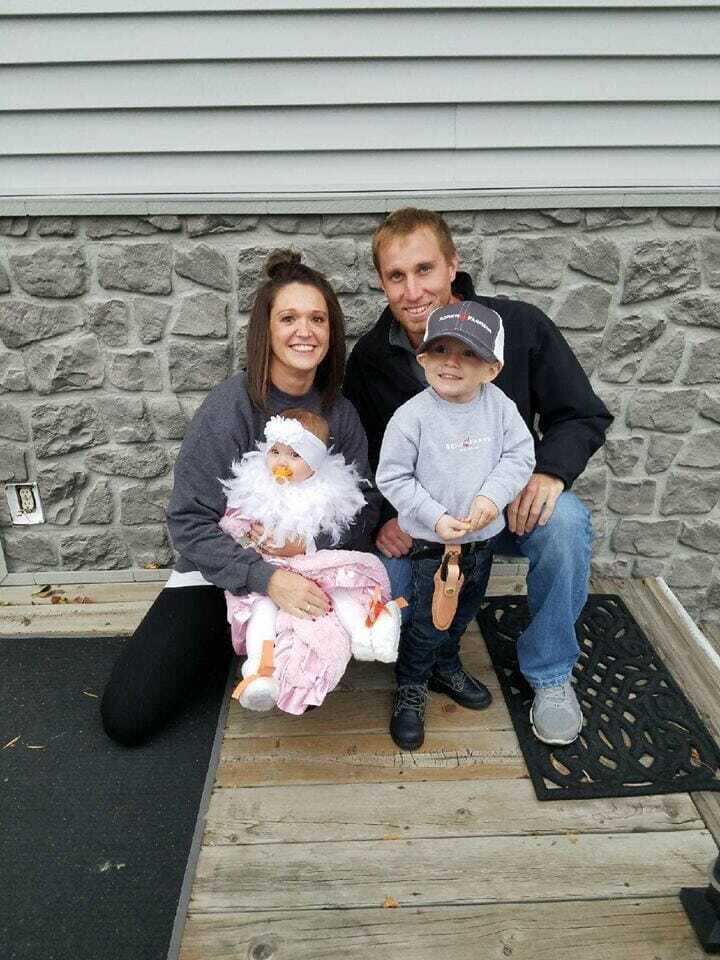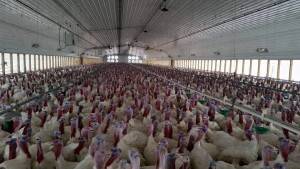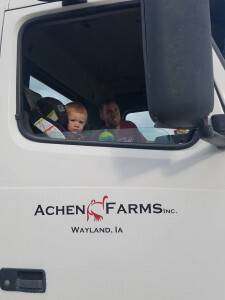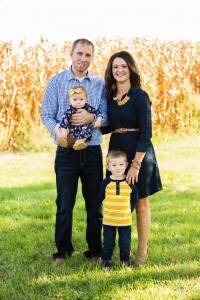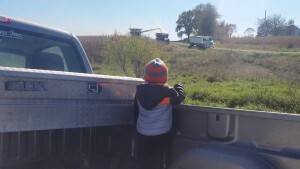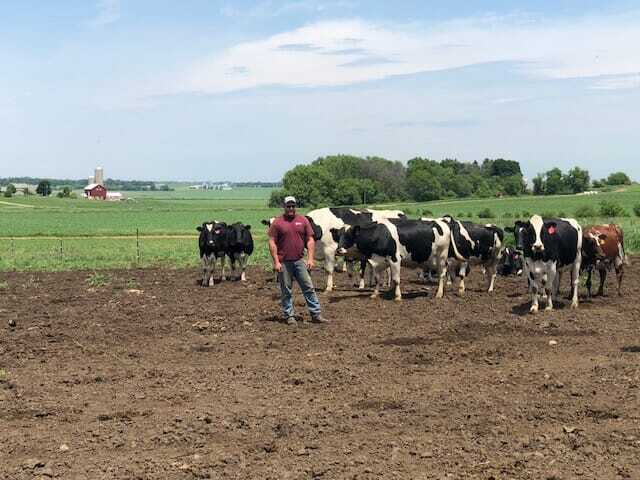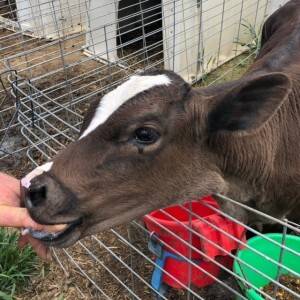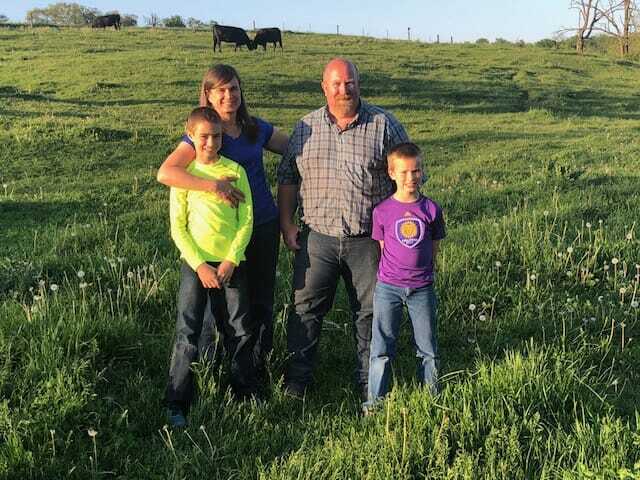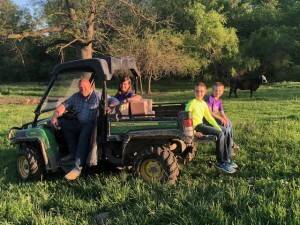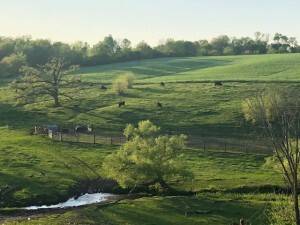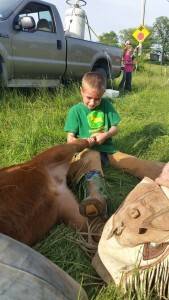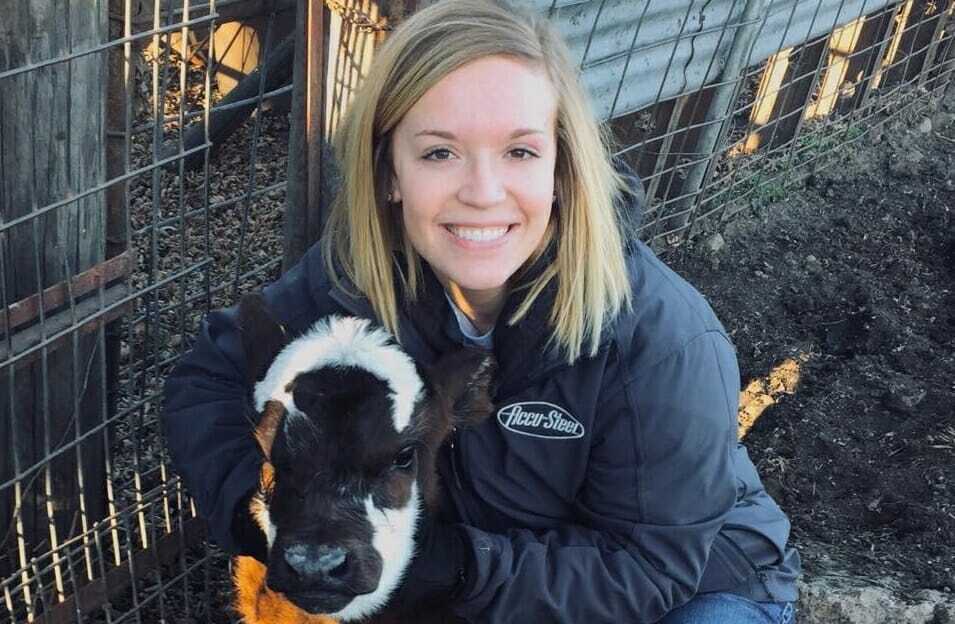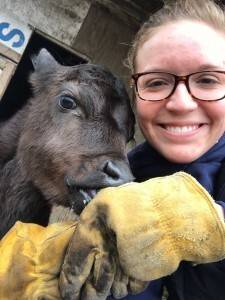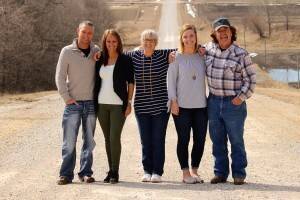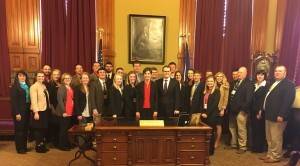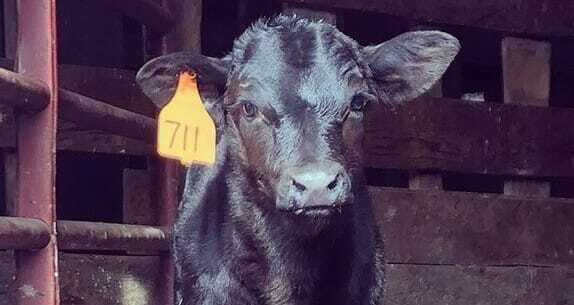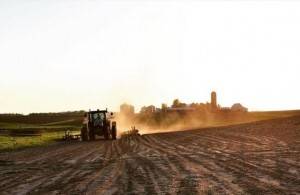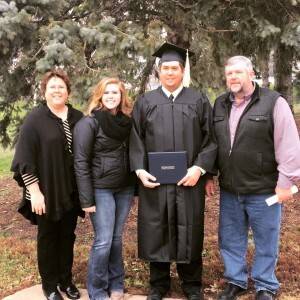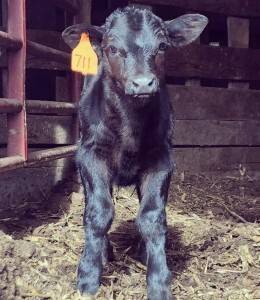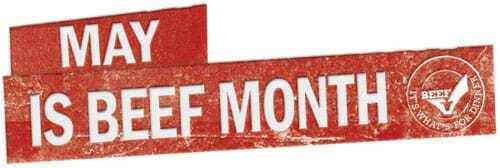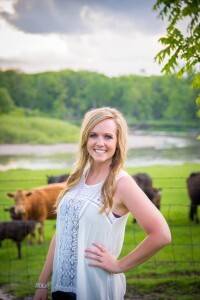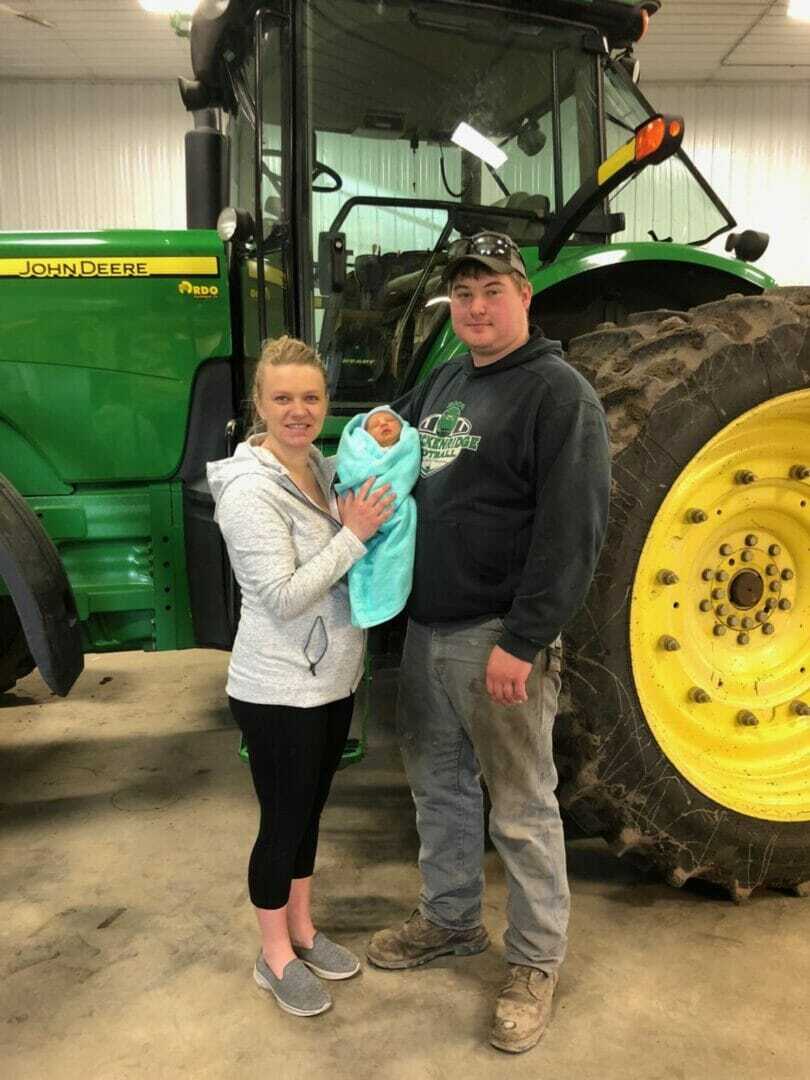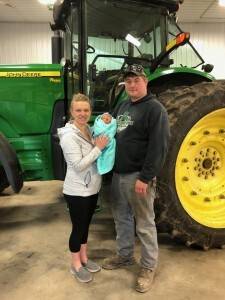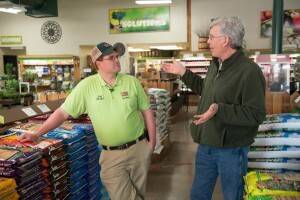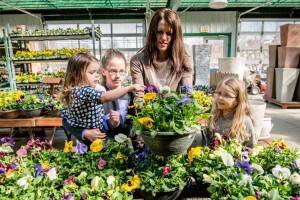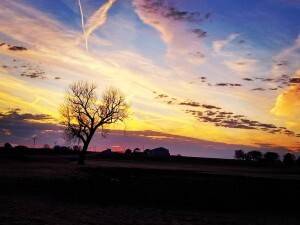‘Twas two weeks before fair, and around the farm;
Every 4-H and FFA member was working so hard sweat dripped down their arms.
Baking experiments on the counter, painting projects on the table;
Goats in the pasture, horses in the stable.
Will it all come together? Will everything get done?
Sometimes all one can do is pray, but that beats twiddling your thumbs!
 The great Franklin County Fair will be July 18-22, 2018, in Hampton, Iowa. There will be a Barnes PRCA Rodeo on Wednesday. Country Music Hall of Famer Chris Janson will take the stage on Thursday, July 19. Then on Friday, July 20, the “Roots & Boots” tour including Aaron Tippin, Collin Raye and Sammy Kershaw draw people from miles around. What a lineup!
The great Franklin County Fair will be July 18-22, 2018, in Hampton, Iowa. There will be a Barnes PRCA Rodeo on Wednesday. Country Music Hall of Famer Chris Janson will take the stage on Thursday, July 19. Then on Friday, July 20, the “Roots & Boots” tour including Aaron Tippin, Collin Raye and Sammy Kershaw draw people from miles around. What a lineup!
But as good as the entertainment is, the main event for me is watching my daughter show. I admire my her hard work and determination, but what I enjoy most about Ellie’s 4-H Meat Goat and Horse Projects is that it allows us to spend quality time together. We work toward a common goal to find a feeding program to get our goats ready for market and preparing them for the fair. We spend lots of hours together throughout the year in the horse stables while she rides and practices for show. We log lots of windshield time traveling to shows. We’ve also made a lot of good friends along the way.
Any former 4-H or FFA member, and any parent of a 4-H and FFA member, knows the amount of stress that comes as as show day gets one day closer. There’s only so much that’s within the control of the person who’s showing livestock. You and your animal must work well together. You’re also at the mercy of the judge, whether you’re showing livestock or exhibiting a Home Improvement project.
So why do it… Why be a 4-H or FFA member who exhibits projects at the fair? These youth organizations teach so many valuable life sills from settings goals and working to achieve them to money management. Friends that I made as a 9-year-old 4-H member are still some of my best friends today. In addition to life-long friendships, we’re making life-long memories.
One of my best fair memories is food on a stick like corn dogs and hot beef sundaes at the Franklin County 4-H Food Stand. Thanks to the Iowa Food & Family Project’s Fair Fare cookbook, we can enjoy some of Iowa State Fairgoers’ favorite foods like Peppermint Ice Cream Bars. (Click here to download the Fair Fare cookbook.)
Today the Iowa Food & Family Project is sharing with us a recipe that allows us to savor one of the best summer flavors, and that’s homegrown sweet corn. I noticed sweet corn stands popping up for the first time this week across North Iowa, and I’m looking forward to trying some soon. July is National Grilling Month, and Grilled Sweet Corn Salsa sounds perfect for backyard barbecues and family gatherings.
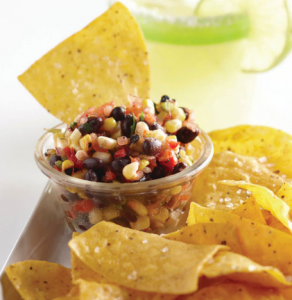 GRILLED CORN SALSA
GRILLED CORN SALSA
INGREDIENTS
- 5 ears fresh sweet corn, shucked
- 3 jalapeños, chopped (seeded if you don’t want a spicy salsa)
- 1 red onion, quartered
- 1 red bell pepper, seeded, coarsely chopped
- ¼ cup cilantro leaves
- 4 cups coarsely chopped tomatoes
- 2 cans (15 ounces each) black soybeans, drained and rinsed
- 1½ teaspoons garlic salt
- 1 teaspoon dried oregano
- ½ to 1 lime, juiced
- Freshly ground black pepper to taste
DIRECTIONS
Preheat a grill to medium-high (350°F). Arrange the ears of corn on the grill and cook until lightly charred, turning occasionally, about 20 minutes. Remove the corn from the grill and let cool slightly. Slice the kernels from the cobs and measure 3 cups into a large bowl. Reserve any excess corn for another use.
Place the jalapeños (remove seeds if you don’t want the salsa to be as spicy), onion, red pepper and cilantro in a food processor and pulse to chop. Add the tomatoes and pulse to create a chunky texture. Do not overprocess. Transfer the vegetables to the bowl with the corn and add the beans, garlic salt, oregano, lime juice and pepper. Toss gently to coat. Chill the salsa for at least 1 hour to allow flavors to develop.



